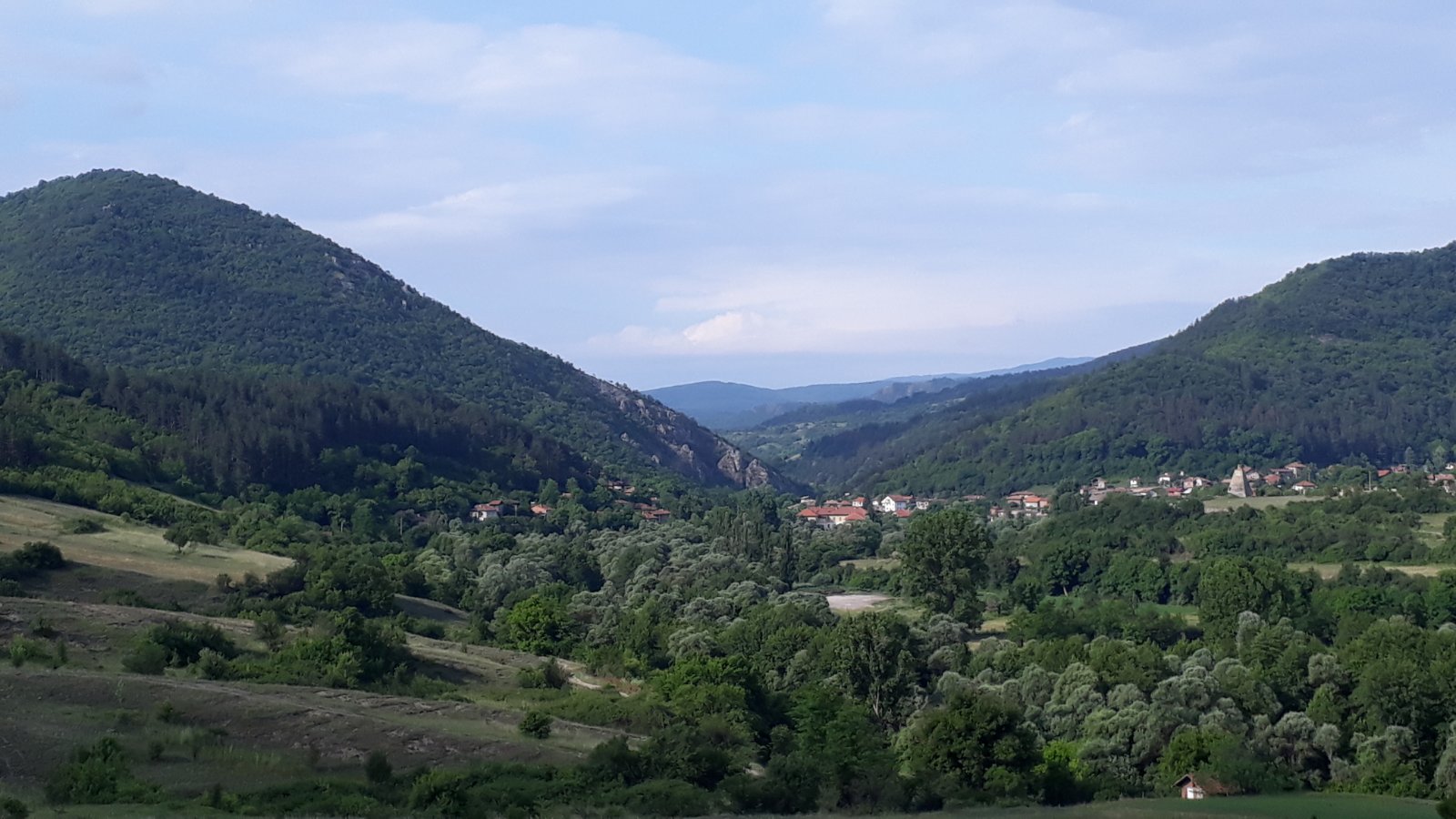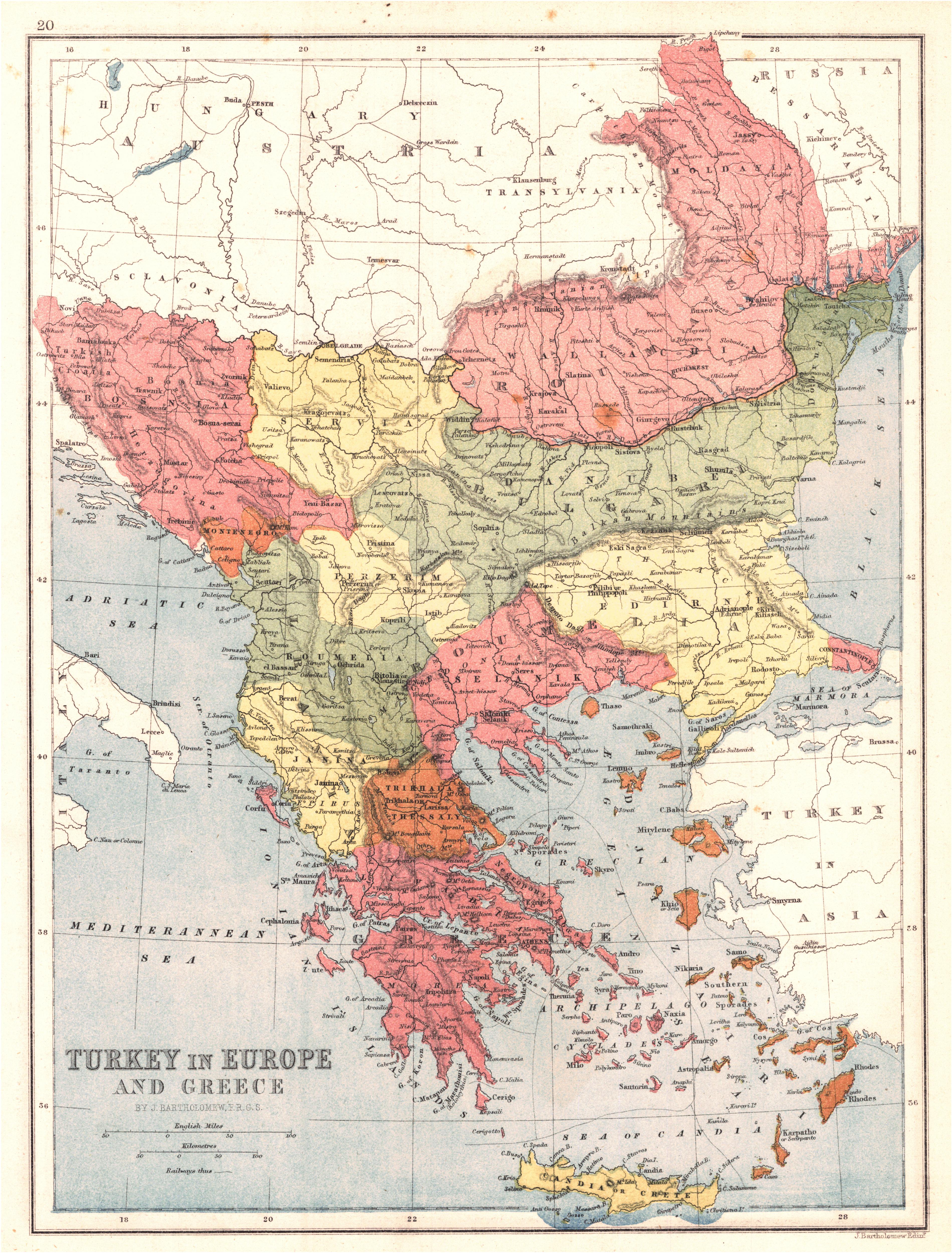|
Sredna Gora
Sredna Gora ( ) is a mountain range in central Bulgaria, situated south of and parallel to the Balkan Mountains and extending from the river Iskar (river), Iskar to the west and the elbow of river Tundzha north of the city of Yambol to the east. Sredna Gora is 285 km long, reaching 50 km at its greatest width. Its highest peak is Golyam Bogdan at . It is part of the Srednogorie Mountain range, mountain chain system, which extends longitudinally across the most country from west to east, between the Balkan Mountains and the Sub-Balkan valleys to the north and the Kraishte, Rila and the Upper Thracian Plain to the south. The mountain is divided into three parts by the rivers Topolnitsa River, Topolnitsa and Stryama — ''Ihtimanska Sredna Gora'' to the west, ''Sashtinska Sredna Gora'' in the center, and ''Sarnena Sredna Gora'' to the east. Compared to most other mountain ranges in Bulgaria, Sredna Gora has lower average altitude, which determines higher temperatures ... [...More Info...] [...Related Items...] OR: [Wikipedia] [Google] [Baidu] |
Bulgaria
Bulgaria, officially the Republic of Bulgaria, is a country in Southeast Europe. It is situated on the eastern portion of the Balkans directly south of the Danube river and west of the Black Sea. Bulgaria is bordered by Greece and Turkey to the south, Serbia and North Macedonia to the west, and Romania to the north. It covers a territory of and is the tenth largest within the European Union and the List of European countries by area, sixteenth-largest country in Europe by area. Sofia is the nation's capital and List of cities and towns in Bulgaria, largest city; other major cities include Burgas, Plovdiv, and Varna, Bulgaria, Varna. One of the earliest societies in the lands of modern-day Bulgaria was the Karanovo culture (6,500 BC). In the 6th to 3rd century BC, the region was a battleground for ancient Thracians, Persians, Celts and Ancient Macedonians, Macedonians; stability came when the Roman Empire conquered the region in AD 45. After the Roman state splintered, trib ... [...More Info...] [...Related Items...] OR: [Wikipedia] [Google] [Baidu] |
Copper
Copper is a chemical element; it has symbol Cu (from Latin ) and atomic number 29. It is a soft, malleable, and ductile metal with very high thermal and electrical conductivity. A freshly exposed surface of pure copper has a pinkish-orange color. Copper is used as a conductor of heat and electricity, as a building material, and as a constituent of various metal alloys, such as sterling silver used in jewelry, cupronickel used to make marine hardware and coins, and constantan used in strain gauges and thermocouples for temperature measurement. Copper is one of the few metals that can occur in nature in a directly usable, unalloyed metallic form. This means that copper is a native metal. This led to very early human use in several regions, from . Thousands of years later, it was the first metal to be smelted from sulfide ores, ; the first metal to be cast into a shape in a mold, ; and the first metal to be purposely alloyed with another metal, tin, to create bronze, ... [...More Info...] [...Related Items...] OR: [Wikipedia] [Google] [Baidu] |
Greben (mountain)
Greben (Cyrillic: Гребен, meaning "ridge" or literally "comb") is a mountain in southeastern Serbia, with a small section of the southwestern ridge in Bulgaria. It is named after a large karst ridge that runs along its spine. Greben rises near the village of Poganovo in Serbia, in the municipality of Dimitrovgrad, and extends southeast towards the Bulgarian village of Vrabcha. Prior to the Treaty of Neuilly of 1919, after the First World War, the area was part of Bulgaria. Its highest peak ''Beženište'' (or ''Dziglina livada'') stands at an elevation of 1,338 meters above sea level. The highest peak that falls within Bulgaria is ''Dragovski kamak'' (Драговски камък), at 1,118 m. Due to the characteristic pyramidal shape of its north face, Dragovski kamak is referred to as the "Matterhorn The , ; ; ; or ; ; . is a mountain of the Alps, straddling the Main chain of the Alps, main watershed and border between Italy and Switzerland. It is a ... [...More Info...] [...Related Items...] OR: [Wikipedia] [Google] [Baidu] |
Liberation Of Bulgaria
The Liberation of Bulgaria is the historical process as a result of the Bulgarian Revival. In Bulgarian historiography, the liberation of Bulgaria refers to those events of the Tenth Russo-Turkish War (1877–1878) that led to the re-establishment of the Bulgarian state under the Treaty of San Stefano of 3 March 1878. The treaty forced the Ottoman Empire to give back to Bulgaria most of its territory conquered in 14th century. At the Berlin Congress of the same year, the Treaty of Berlin was adopted, according to which the territories of the Bulgarian state, as established by the San Stefano treaty, were divided into three parts. The first part was the Principality of Bulgaria, which functioned independently but was nominally a vassal of the Ottoman Empire and was limited to Moesia and areas adjacent to the capital, Sofia. The second part was to be an autonomous province of the Ottoman Empire— Eastern Rumelia. The third and largest part—all of Macedonia and Lozengrad—we ... [...More Info...] [...Related Items...] OR: [Wikipedia] [Google] [Baidu] |
April Uprising Of 1876
The April Uprising () was an insurrection organised by the Bulgarians in the Ottoman Empire from April to May 1876. The rebellion was suppressed by irregular military, irregular Ottoman bashi-bazouk units that engaged in indiscriminate slaughter of both rebels and non-combatants (see Batak massacre). The American community around Robert College in Istanbul, the Protestant mission in Plovdiv headed by J.F. Clarke as well as two other Americans, journalist Januarius MacGahan and diplomat Eugene Schuyler, were indispensable in bringing knowledge of Ottoman atrocities to the wider European public. Their reports of the events, which came to be known in the press as the Bulgarian Horrors and the Crime of the Century, caused a public outcry across Europe and mobilised both common folks and famous intellectuals to demand a reform of the failed Ottoman model of governance of the Bulgarian lands. The shift in public opinion, in particular, in the Ottoman Empire's hitherto closest ally, ... [...More Info...] [...Related Items...] OR: [Wikipedia] [Google] [Baidu] |
Bulgarian National Revival
The Bulgarian Revival (, ''Balgarsko vazrazhdane'' or simply: Възраждане, ''Vazrazhdane'', and ), sometimes called the Bulgarian National Revival, was a period of socio-economic development and national integration among Bulgarian people under Ottoman Empire, Ottoman rule. It is commonly accepted to have started with the historical book, ''Istoriya Slavyanobolgarskaya'', written in 1762 by Paisius of Hilendar, Paisius, a Bulgarian monk of the Hilandar monastery at Mount Athos, leading to the National awakening of Bulgaria and the Bulgarian National Awakening, modern Bulgarian nationalism, and lasting until the Liberation of Bulgaria in 1878 as a result of the Russo-Turkish War (1877–1878), Russo-Turkish War of 1877–1878. Characteristics The period is remarkable for its characteristic architecture which can still be observed in old Bulgarian towns such as Tryavna, Koprivshtitsa and Veliko Tarnovo, the rich literary heritage of authors like Ivan Vazov and Hristo Bo ... [...More Info...] [...Related Items...] OR: [Wikipedia] [Google] [Baidu] |
Ottoman Bulgaria
The history of Ottoman Bulgaria spans nearly 500 years, beginning in the late 14th century, with the Bulgarian–Ottoman Wars, Ottoman conquest of smaller kingdoms from the disintegrating Second Bulgarian Empire. In the late 19th century, Bulgaria was Liberation of Bulgaria, liberated from the Ottoman Empire, and by the early 20th century it was Bulgarian Declaration of Independence, declared independent. The brutal suppression of the Bulgarian April Uprising of 1876 and the public outcry it caused across Europe led to the Constantinople Conference, where the Great Powers tabled a joint proposal for the creation of two autonomous Bulgarian vilayets, largely corresponding to the ethnic boundaries drawn a decade earlier with the establishment of the Bulgarian Exarchate. The sabotage of the Conference, by either the British Empire, British or the Russian Empire (depending on theory), led to the Russo-Turkish War (1877–1878), whereby the much smaller Principality of Bulgaria, a se ... [...More Info...] [...Related Items...] OR: [Wikipedia] [Google] [Baidu] |
Bulgarian–Ottoman Wars
The Bulgarian–Ottoman wars were fought between the kingdoms remaining from the disintegrating Second Bulgarian Empire, and the Ottoman Empire, in the second half of the 14th century. The wars resulted in the collapse and subordination of the Bulgarian Empire, and effectively came to an end with the Ottoman conquest of Tarnovo in July 1393, although other Bulgarian states held out slightly longer, such as the Tsardom of Vidin until 1396 and the Despotate of Dobruja until 1411. As a result of the wars the Ottoman Empire greatly expanded its territory on the Balkan peninsula, stretching from the Danube to the Aegean Sea. Situation in the Balkans on the eve of the Ottoman invasion From the 13th century, the two main Balkan powers Byzantium and Bulgaria fell victims to a process of decentralization, as local feudal lords grew stronger and more independent from the emperors in Constantinople and Tarnovo. This weakened the military and economic power of the central rulers. Th ... [...More Info...] [...Related Items...] OR: [Wikipedia] [Google] [Baidu] |
First Bulgarian Empire
The First Bulgarian Empire (; was a medieval state that existed in Southeastern Europe between the 7th and 11th centuries AD. It was founded in 680–681 after part of the Bulgars, led by Asparuh of Bulgaria, Asparuh, moved south to the northeastern Balkans. There they secured Byzantine Empire, Byzantine recognition of their right to settle south of the Danube by Battle of Ongal, defeatingpossibly with the help of Seven Slavic tribes, local South Slavic tribesthe Byzantine army led by Constantine IV. During the 9th and 10th century, Bulgaria at the height of its power spread from the Danube Bend to the Black Sea and from the Dnieper River to the Adriatic Sea and became an important power in the region competing with the Byzantine Empire. As the state solidified its position in the Balkans, it entered into a centuries-long interaction, sometimes friendly and sometimes hostile, with the Byzantine Empire. Bulgaria emerged as Byzantium's chief antagonist to its north, resulting in ... [...More Info...] [...Related Items...] OR: [Wikipedia] [Google] [Baidu] |
Thracians
The Thracians (; ; ) were an Indo-European languages, Indo-European speaking people who inhabited large parts of Southeast Europe in ancient history.. "The Thracians were an Indo-European people who occupied the area that today is shared between Thrace, north-eastern Greece, Romania, and north-western Turkey. They shared the same language and culture. There may have been as many as a million Thracians, divided among up to 40 tribes." Thracians resided mainly in Southeast Europe in Present (time), modern-day Bulgaria, Romania, North Macedonia, northern Greece and European Turkey, but also in north-western Anatolia, Anatolia (Asia Minor) in Turkey. The exact origin of the Thracians is uncertain, but it is believed that Thracians like other Indo-European speaking groups in Europe descended from a mixture of Proto-Indo-Europeans and Early European Farmers. Around the 5th millennium BC, the inhabitants of the eastern region of the Balkans became organized in different groups of Indi ... [...More Info...] [...Related Items...] OR: [Wikipedia] [Google] [Baidu] |





